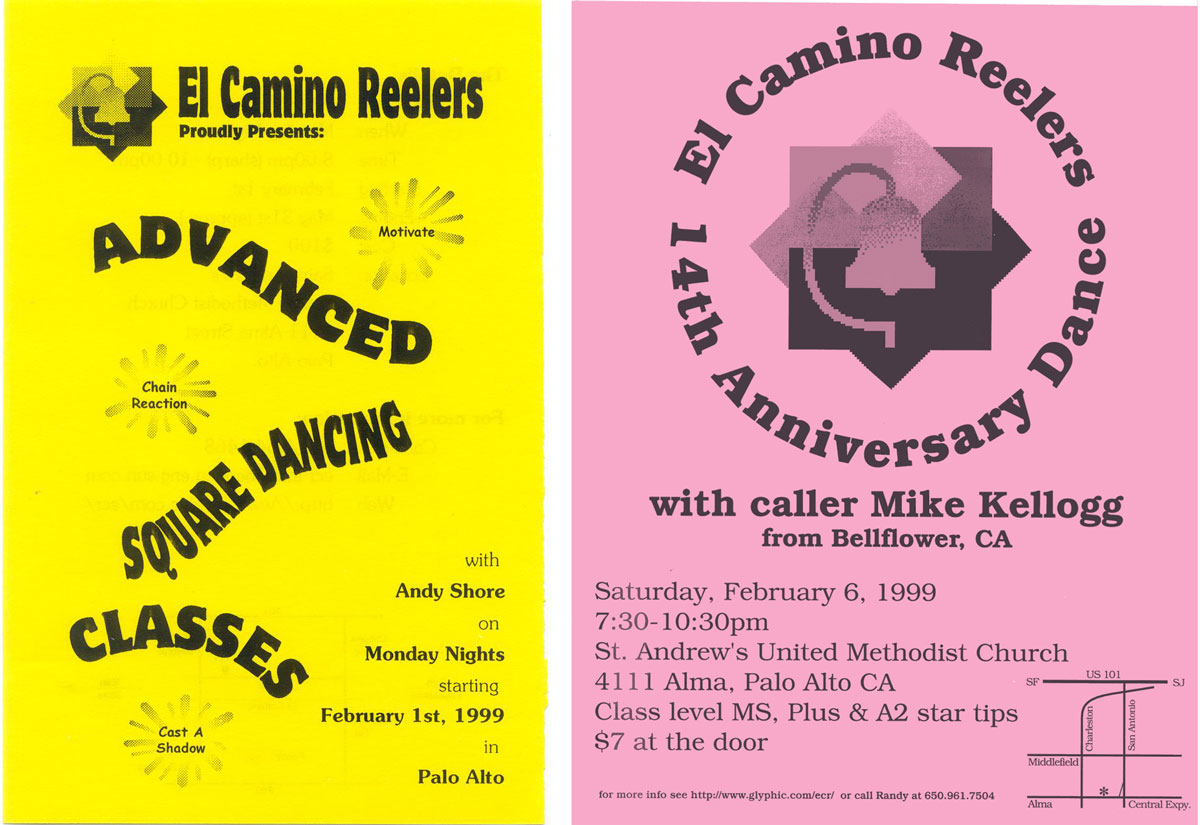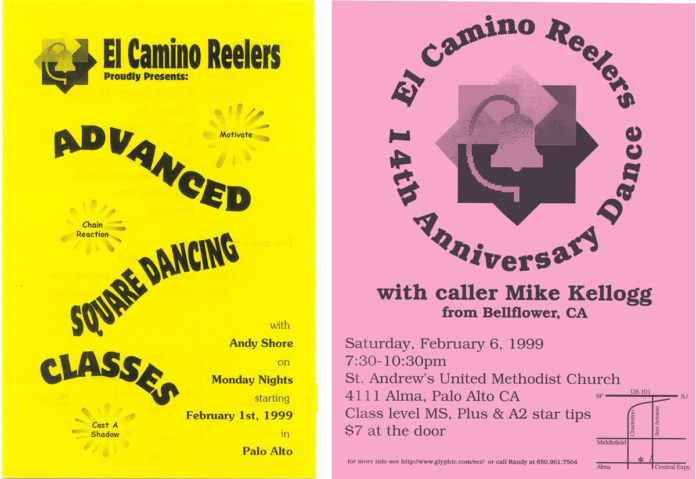In fact, it’s common for LGBTQ+ clubs to end up taking in straight singles from other clubs, including widows and widowers. Hurst notes that clubs not explicitly for gay dancers have a “peculiar, toxic culture” of not welcoming solo dancers, whose possible motives are viewed with suspicion. At LGBTQ+ clubs, he says, no one thinks a single person is after someone else’s partner. Everyone’s just there to dance.
Gollhardt notes that introverts gravitate toward square dancing for a simple reason: “It’s an intellectual activity that doesn’t require you to be social all the time.” He adds that flexibility about dance partners and eagerness to collaborate are the necessary elements for anyone to enjoy the pastime. “If you don’t like cooperating, you don’t stay very long,” he says.
Ed Wilson, a longtime square dancer and the Reelers’ current treasurer, emphasizes that square dancing lures in geeky folks with a penchant for what is first and foremost a geometric and mathematical progression activity. Silicon Valley has so many clubs because as a form of recreation, “Square dancing appeals to people who like to solve puzzles,” Wilson explains. Perhaps no surprise, two university square dancing clubs with similar cultural values—singles welcome, no costumes needed—are found at Stanford and MIT.
Another badge of inclusivity: no drugs or alcohol are allowed. It’s pretty much physically impossible to square dance while intoxicated, and most dances are held in sober spaces like community centers and churches.

There’s also the obvious network effect, as Hurst notes: attending annual gatherings quickly creates what can feel like an extended family of a thousand fellow dancers. “I can walk into a club in any major city in North America, and I am instantly welcome because I know everyone from conventions,” he enthuses. By contrast, if he dropped in on a gay chorus in another town, he might be able to watch rehearsal but not join the harmonizing.
Stewart Kramer even met his husband through square dancing—and while he was still living with a boyfriend he also knew from the scene. “Square dancing is a very practical way of meeting a life partner,” he says with a grin. He’s been active in Northern California clubs ever since earning physical education credits for square dancing while at San Jose State in the early 1980s.
Next Steps
Despite the domestic and global connections the activity fosters, some square dancers are anxiously mindful about how to promote their pastime to others and attract new members. Even before the COVID-19 pandemic caused many social events to either cease or transition to virtual meetings, some longtime Reelers note that club membership was declining.








